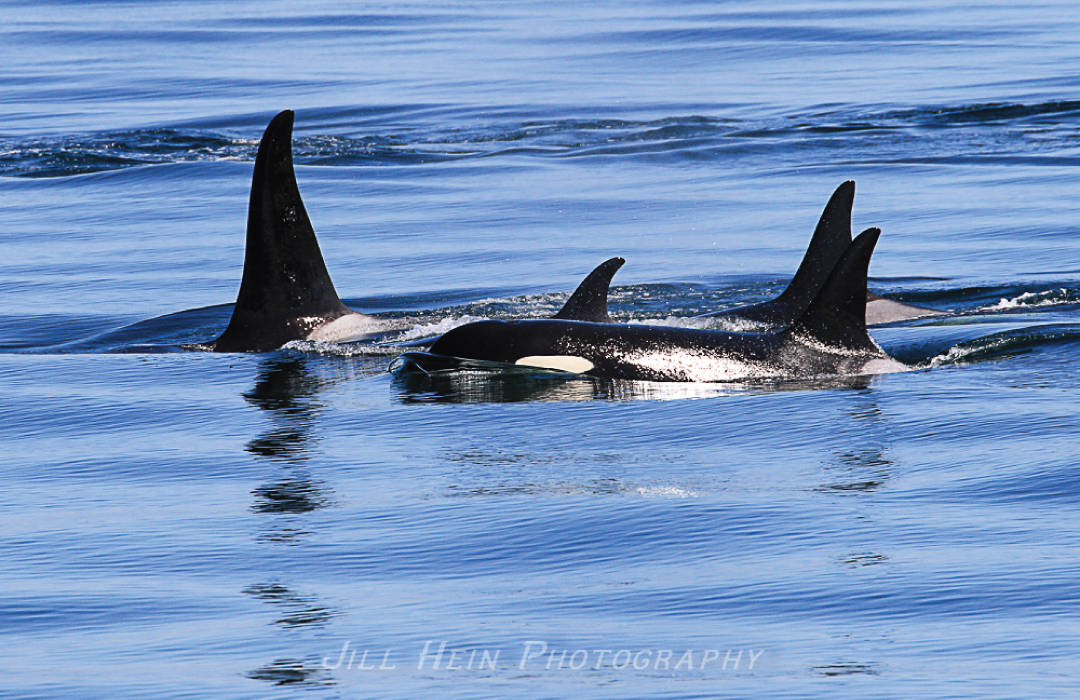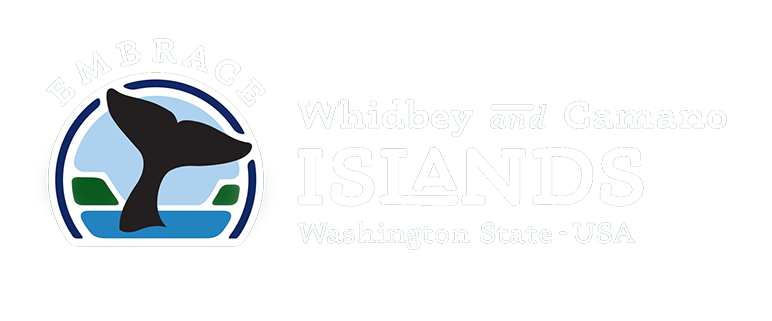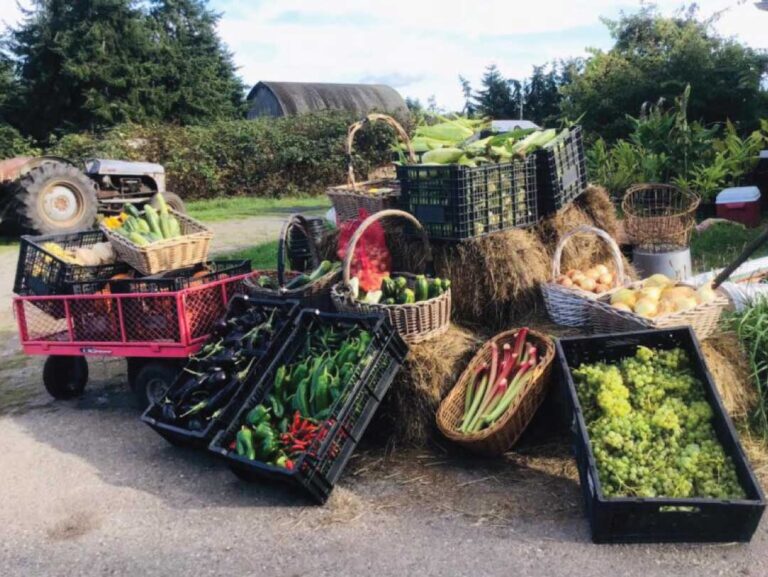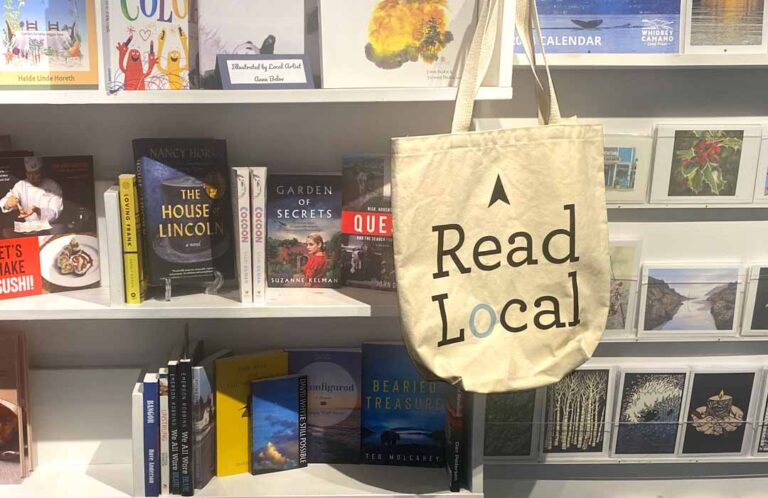
The waters surrounding Whidbey and Camano Islands are home to two distinct types of orcas, each with unique behaviors and feeding patterns. According to Trevor Snow from the Langley Whale Center, “We have two types of whale groups that visit the islands and the Salish Sea. We have the transient orcas, which we call Bigg’s, and the southern residents.”
Bigg’s orcas are stealthy hunters, preying on marine mammals like harbor seals and porpoises. “It’s much more common to see them travel in groups of five to six at most, and they are not very vocal,” Trevor explains. “They are ambush predators, so they stay quiet to avoid alerting their prey.” Their hunting style is calculated, making sightings of these orcas thrilling yet often brief.
On the other hand, the southern resident orcas are far more social and vocal. “They travel in pods of 20 to 30 and are here looking specifically for salmon,” Trevor says. “Eighty percent of their diet is chinook salmon, the largest and most energy-efficient salmon for them to hunt.” Because salmon are less evasive compared to marine mammals, southern residents often breach and play, creating spectacular displays visible from shore.
Interestingly, these two groups avoid each other. “When Bigg’s and southern residents encounter one another, they tend to turn and head in opposite directions. We don’t fully know why,” Trevor notes. This avoidance, paired with the decline in salmon populations, has driven southern residents further north toward Alaska and British Columbia.
As a result, Bigg’s orcas now frequent the Salish Sea year-round, with sightings nearly every week. Thanks to the Orca Network’s sighting network, supported by volunteers and organizations like NOAA and Cascadia Research, whale lovers can stay updated and catch these majestic creatures in action.






